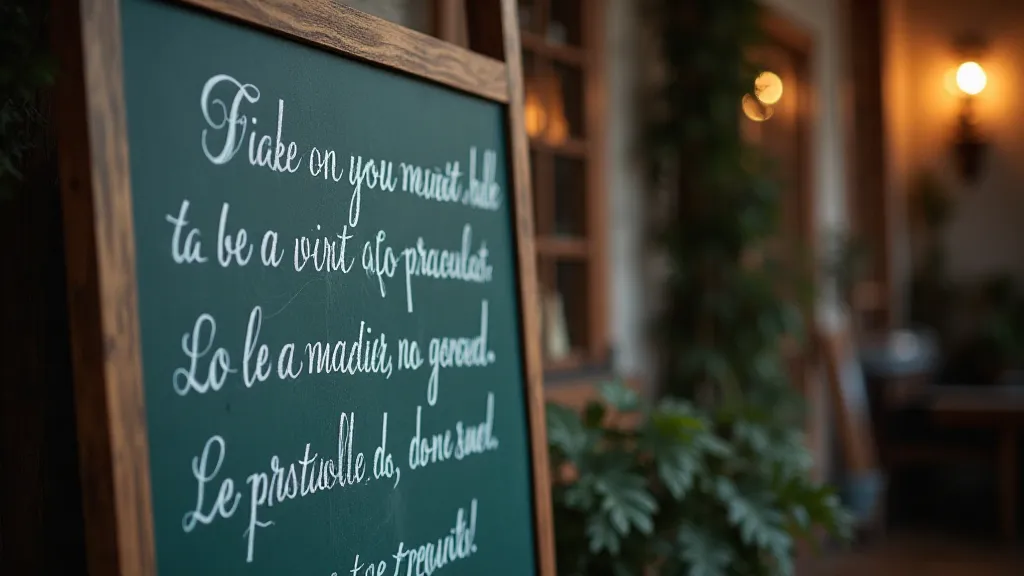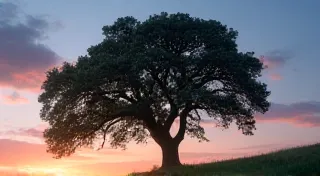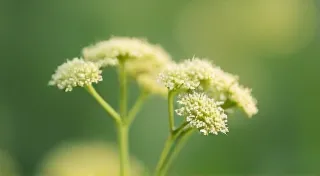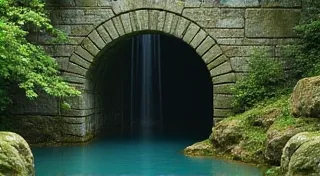The Poet's Scaffold: Structuring Verse on a Chalkboard Canvas
There's a certain melancholic beauty in the relics of a bygone era. An antique accordion, with its tarnished brass, worn bellows, and the whisper of countless melodies trapped within, exemplifies this perfectly. It's more than just an instrument; it's a testament to craftsmanship, to the pursuit of artistry, and to the human desire to create something enduring. The same sentiment, I believe, applies to chalkboard art, particularly when employed to showcase poetry. The chalkboard itself is a surface steeped in history, used for announcements, classroom instruction, and impromptu declarations. When we use it to frame verse, we’re layering history upon history, creating a space where words can breathe and resonate in a uniquely tangible way.
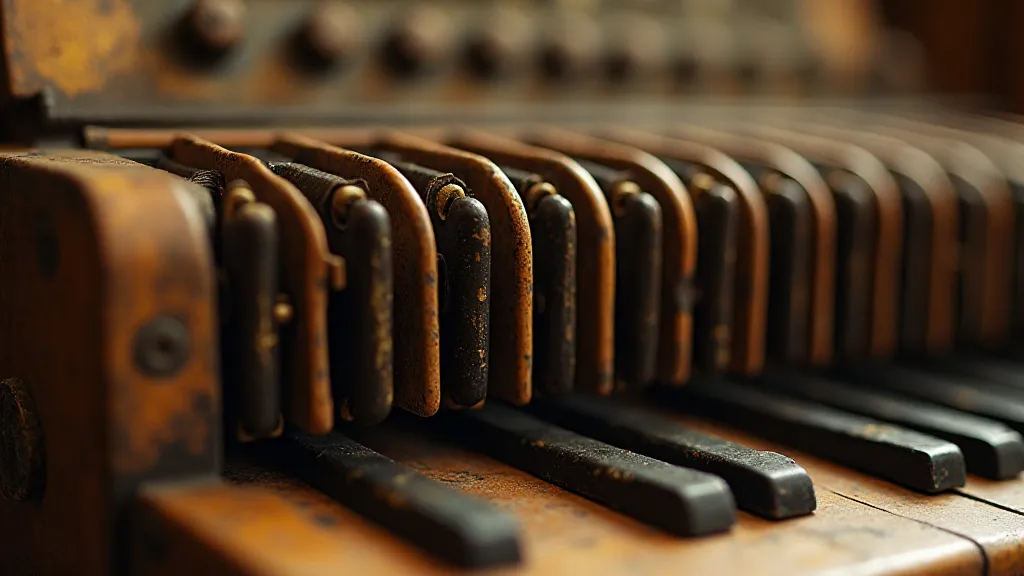
The Resonance of Surface: Chalkboards and Time
Think about the classrooms of a century ago, the general stores, the railway stations. The chalkboard was the primary communication tool. It held announcements, displayed timetables, and even hosted impromptu lessons. There was an immediacy and honesty to it – a fleeting existence in stark contrast to the permanence of print. This transient quality, this acceptance of impermanence, strangely lends itself beautifully to poetry. Poetry, often exploring themes of loss, change, and the ephemeral nature of existence, finds a natural home on a surface that understands those concepts intimately.
The beauty, too, lies in the process of creation and subsequent decay. Unlike a meticulously typeset book, a chalkboard drawing is born from deliberate strokes and subtle erasures, a visible record of the artist's journey. And unlike a printed page, it will fade, smudge, and ultimately disappear, becoming a memory itself – a poignant echo of the words it once held.
Poetry’s Demands: Line Breaks, Rhythm, and Visual Echoes
Simply writing a poem on a chalkboard isn't enough. To truly harness its potential, we must consider the specific demands of poetry – the crucial role of line breaks, the importance of rhythm, and the power of visual echoes. A poem isn’t just a collection of words; it’s a carefully constructed arrangement of sounds, pauses, and visual spaces. These elements must be translated into the chalkboard medium.
Think of a poem with a powerful enjambment – a line that continues its thought onto the next. On a chalkboard, this can be reinforced by subtly overlapping the lettering, creating a visual connection between the two lines. Conversely, a poem that relies on stark, abrupt line breaks can be emphasized by creating distinct visual separations – perhaps using a thin line of contrasting chalk or leaving a wider space between the lines.
Rhythm, too, is paramount. A poem's meter—its rhythmic structure—can be subtly reflected in the weight and spacing of the chalk strokes. A faster, more frenetic rhythm might be conveyed through smaller, more tightly packed lettering, while a slower, more deliberate pace could be emphasized with larger, more spacious lettering.
The Craft of Chalk Lettering: Techniques for Poetic Impact
The fundamental techniques of chalk lettering – the different styles, the pressure control – all become tools to enhance the poem’s emotional resonance. Consider the difference between a bold, assertive sans-serif font and a delicate, flowing script. The former might be ideal for a poem exploring themes of strength and resilience, while the latter could be more suitable for a poem about fragility and loss.
Practice and experimentation are key. Start with simple poems, focusing on one or two elements at a time. Experiment with different chalk types – soft pastels for a dreamy effect, hard chalks for sharper lines, and even colored chalks to highlight specific words or phrases. Don't be afraid to make mistakes; they are part of the learning process.
One crucial technique is “ghosting.” This involves lightly sketching the poem’s layout first, establishing the placement of words and phrases before committing to the final lettering. This is particularly important for longer poems or those with complex layouts.
Personal Reflections: A Restoration and a Revelation
My own journey with chalkboard art began unexpectedly. While attempting to restore an old accordion – an exercise in patience and meticulous detail – I realized the parallels between the craft of restoration and the creation of art. The accordion, like a poem, speaks of a history, a human touch, a deliberate act of creation. The process of cleaning, repairing, and preserving it became a way to honor that legacy.
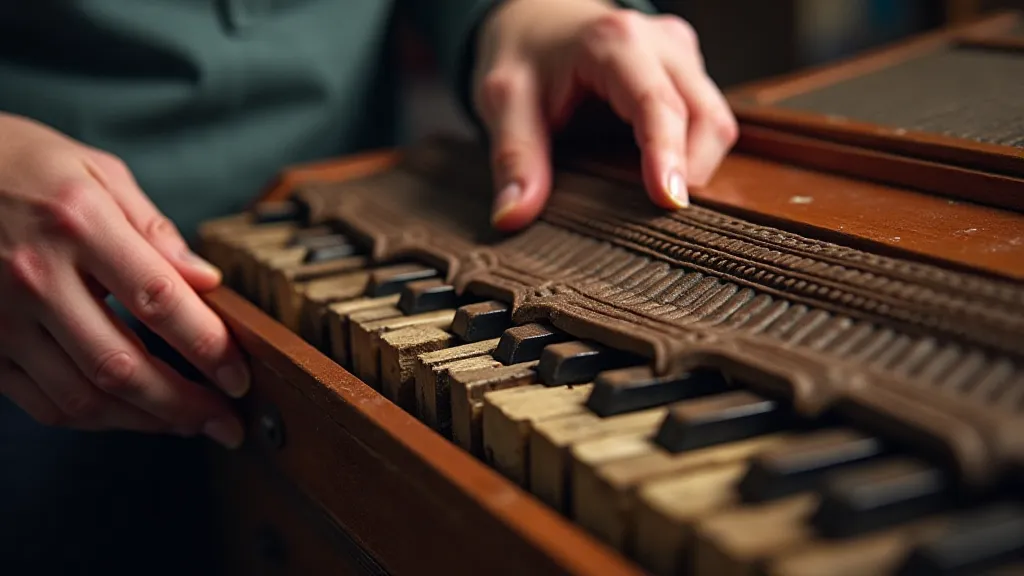
I was battling stubborn grime, carefully removing decades of dust, and discovered faded inscriptions on the bellows - the name of the original owner, a travelling musician. That sense of rediscovering a forgotten story sparked something within me. I wanted to create something that captured that feeling of rediscovery, that feeling of connection to the past. That’s when I turned to the chalkboard.
I started small, simply writing my favorite poems on a small chalkboard. But soon, I began to experiment with different lettering styles, different layouts, different color palettes. I realized that the chalkboard wasn’t just a surface for writing; it was a canvas for storytelling. Each stroke of chalk, each carefully placed word, contributed to the overall narrative.
Collecting & Preservation: Echoes of the Past
Restoring antique accordions and creating chalkboard art seem disparate pursuits, but they share a core principle: a respect for craftsmanship and a desire to preserve something beautiful and meaningful. If you’re drawn to these endeavors, there's a rewarding world to explore.
Collecting antique accordions can be a challenging but rewarding hobby. Look for instruments made by reputable makers, paying close attention to the quality of the materials and the overall construction. Research different models and their historical significance. Be prepared to invest time and money, as restoration often requires specialized skills and equipment.
The same principle applies to preserving chalkboard art itself. While the transient nature of the medium is part of its charm, there are ways to document and preserve these ephemeral creations. High-resolution photographs can capture the beauty of the original artwork, while digital recreations can allow for further experimentation and sharing.
Ultimately, both the antique accordion and the chalkboard poem represent a powerful connection to the past – a reminder of the enduring human desire to create, to express, and to leave a lasting impression on the world, however fleeting it may be.
